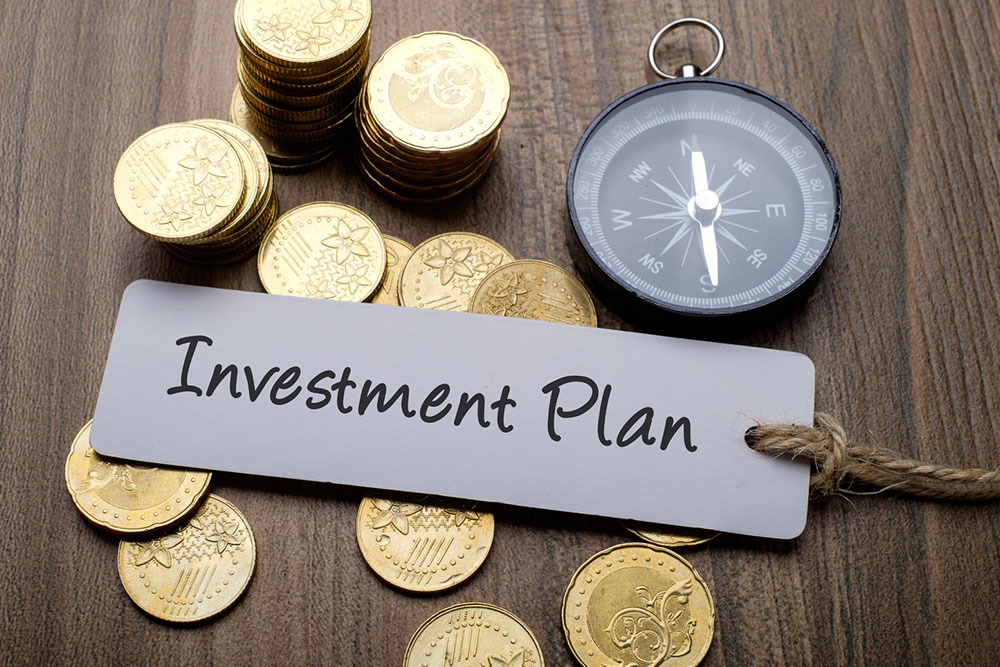4 key things to know before investing in precious metals

In the world of investments, precious metals have long been a favored choice for those seeking to diversify their portfolios and hedge against economic uncertainties. The appeal of gold, silver, platinum, and palladium is not limited to their aesthetic appeal but extends to their intrinsic value. Investing in these metals may require some careful consideration. So, to help one get started, here are a few things to know before investing in precious metals:
1. Type of precious metal
Before investing in precious metals, it is crucial to have a clear understanding of the various types available and their unique characteristics. The four primary precious metals investors typically consider are gold, silver, platinum, and palladium.
Gold: This is a timeless, valuable investment due to its scarcity and durability, often used for wealth preservation.
Silver: This is valuable for both its industrial and precious metal applications, subject to supply-demand fluctuations.
Platinum: Rarer than gold, platinum is mainly used in the automotive industry and has more volatile prices.
Palladium: This usually is in demand for catalytic converters but has limited supply and thereby offers significant price growth.
Each of these precious metals has its own supply-demand dynamics and factors affecting its price. So, it is crucial to research and understand the specific market forces that influence the metal one intends to invest in.
2. Investment strategy
Precious metals can be added to an investment portfolio in various ways, depending on the investor’s goals and risk tolerance. Here are some common strategies:
Physical ownership: Buying and storing physical bullion coins or bars securely
ETFs and other funds: Investing in ETFs or mutual funds backed by physical metal
Mining stocks: Investing in mining companies for indirect exposure to metal prices
Numismatic coins: Collecting rare coins for potential appreciation
The choice of investment strategy should align with the investor’s financial goals, risk tolerance, and expertise. So, it is essential to carefully consider the pros and cons of each approach before making a decision.
3. Market trends
The precious metals market is influenced by a multitude of factors, including economic indicators, geopolitical events, and investor sentiment. To make informed investment decisions, it is crucial to stay updated on market trends and news. Here are some factors to monitor:
Supply and demand: Changes in supply and demand significantly affect metal prices.
Economic conditions: Economic indicators like inflation, interest rates, and currency values also affect metal prices.
Geopolitical events: Political instability can drive investors to safe-haven assets like gold and silver.
Market sentiment: News events and perceptions can cause short-term price fluctuations.
Staying informed through reputable financial news sources, market analysis, and expert opinions can help investors make informed decisions regarding investing in precious metals.
4. Storage and security
If an investor opts for physical ownership of precious metals, proper storage and security measures are paramount. Precious metals are valuable and can be a target for theft. Here are some considerations:
Secure storage: One should invest in a high-quality safe or use a bank’s safe deposit box.
Insurance: With precious metal investments, one should get proper insurance coverage against theft or damage.
Diversification: One can store metals in multiple secure locations to mitigate risk.
Documentation: One should maintain detailed records of their holdings, including serial numbers and receipts.
With consideration of the abovementioned factors, Investing in precious metals can be a rewarding strategy for diversifying a portfolio and preserving wealth.






